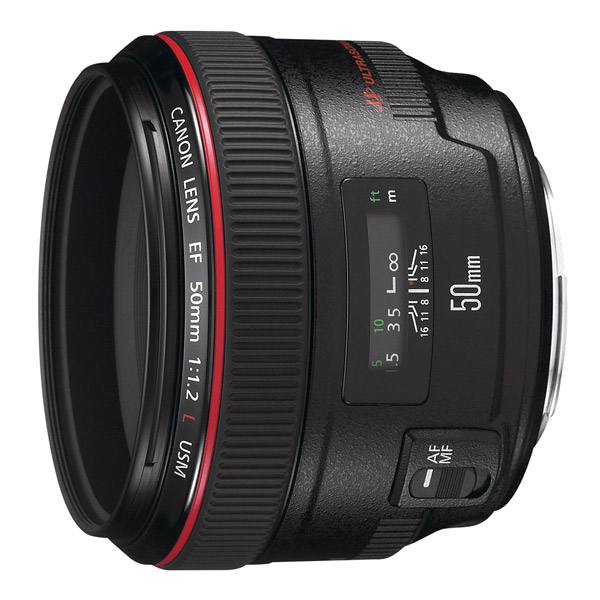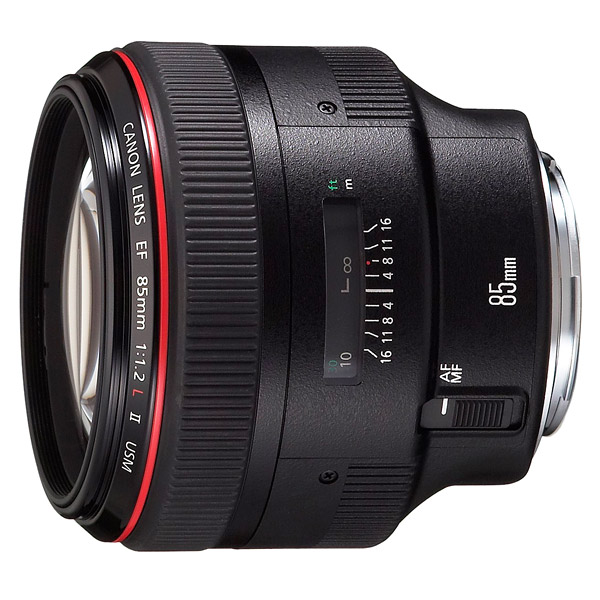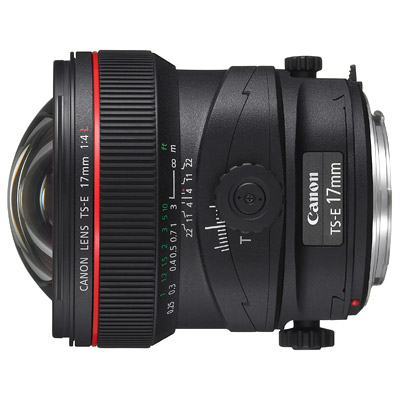
|
| Accept Cookies | Customize | Refuse Cookies |
Set3 www.juzaphoto.com/p/Set3  |
 | Canon EF 50mm f/1.2 L USM Pros: Colors, quality of materials, quality and progression of the blurred. Cons: The weight, but a lot of glass weighs. Opinion: I could copy and paste what I wrote for 85 f1.2: what for many is considered a defect of optics, for me it is a value that characterizes it. I'm not looking for absolute clarity, so I do not dwell on which of the 50 I've owned is more or less clear, I do not care. I like how this lens reproduces warm colors and rich nuances.rnAutofocus is fast, even in low light conditions especially with class 5 cameras, while it is slightly slower with the 6 series: with the 5D3 the focus is more precise and fast and in dynamic situations is less hesitant than when I use it on 6D.rnWhen working almost always in low light conditions, with minimum ISO values ??of 6400-12.800, this lens guarantees quality results in terms of operating speed , precision of operation and beauty of contrasts. sent on January 28, 2018 |
 | Canon EF 85mm f/1.2 L II USM Pros: Delicate, pictorial colors; Very high overall quality. Cons: His optical defects, on the other hand, I think are his merits. Opinion: A lens that reveals the light where there is darkness. If you do not see it, mount this glass eye and take it. Its apparent defects such as chromatic aberrations and soft, sharp opening sharpness, consider its strengths. Natural saturation, vivid and never exaggerated colors, widespread livery in trivial frames. The ring of fire is sweet and buttery, with long run for manual fire. The younger brother is a good goal, too, quick, sincere, sharp and precise. The 1.8 is a nice toy. 1.2 is less obedient and difficult to exploit; 1.2 is not a toy, but it's a jewel to play with. It is difficult to focus the fire during an action that is difficult to use in busy environments, but the fun it gives is remarkable. The technique serves little, it serves fantasy and so much, so much exercise to learn how to use it. sent on June 22, 2017 |
 | Canon TS-E 17mm f/4 L Pros: multifaceted lens, photographic detail quality, sharpness even at the edges, very little spherical distortion, construction, versatility in use, precision focus ring, ease and speed of use (as a result of appropriate learning period). Cons: protruding lens, without lens hood therefore subject to conspicuous flare with light sources coming from the top with an angle of about 45 °; Difficulty mounting filters available on the market (example a polarizer to reduce reflexes during shooting). I solve the flare with the use of the hand; Perspective deformation on maximum decentralization. Opinion: Practically the 17mm, in all situations is clearly sharper than the lenses of equal focal, in the foreground, at infinity and at the edges. The spherical aberration is low, the lines are straight (i.e. straight, not curved...) Even when the camera is not perfectly bubbled (as opposed to the 16-35 L II). This lens can be used as a simple wide angle or, even better, as a multifaceted lens to create panoramic photographs of remarkable quality, visual impact and richness of detail both in terms of resolution and in terms of sharpness. To do this you have to position the camera in a bubble, decentralize the lens to the maximum and then make 5 sequential shots at the following decentralization references:-12mm,-7, 0, + 7, + 12mm. Results of vertical and horizontal decentralization: if the camera is positioned vertically, the combination of the 5 shots (e.g. with Photoshop Photomerge) will return a single photo with a shooting amplitude equivalent to a 14-15mm; If the camera is placed horizontally, the merging of the 5 shots will return a single photo with a shooting amplitude equivalent to a 10, 5mm. If you use a 22Mp camera, you will get a picture of about 90Mp, net of clippings and edges to be trimmed after the software assembly operations. While decentralising to the maximum, i.e. from-12mm to + 12mm, the phenomenon of vignetting, often referred to as defect, is eliminated in the assembly phase by the software with very good results. The only flaw in the use of panoramic decentralization is the perspective effect on the edges: a rectangular object, horizontal (example a picture), placed at the left or right edge, will be distorted so much that it looks vertical in the merged photo... Not negligible problem for professional photos to use catalog. You can also use decentralization without having to visualize the views. For architecture photos, where the vertical planes must be straight and not converging upward, just frame the building, move the axis of the camera until the lines are parallel and straight and then decentralize the lens to move the shot towards Up or down (so it's not the camera to move). By tilting instead, depending on the alignment of the plane of the object to focus and the plane of the sensor, you can manage the depth of field from low to extended to infinity. For example, if you want to photograph a sportsman in the starting grid on the track, you can isolate it with selective focus by tilting it to the left or right. At F4, only the vertical strip of 1 metre (approx.) around the sportsman will be in focus. An exceptional lens that allows for a unique level of creativity compared to other lenses. To learn to use it there are many video tutorials on YouTube and in particular, is very interesting that made by the Canon in collaboration with Vincent Amphorat. sent on June 04, 2016 |
 JuzaPhoto contains affiliate links from Amazon and Ebay and JuzaPhoto earn a commission in case of purchase through affiliate links.
JuzaPhoto contains affiliate links from Amazon and Ebay and JuzaPhoto earn a commission in case of purchase through affiliate links.May Beauty Be Everywhere Around Me